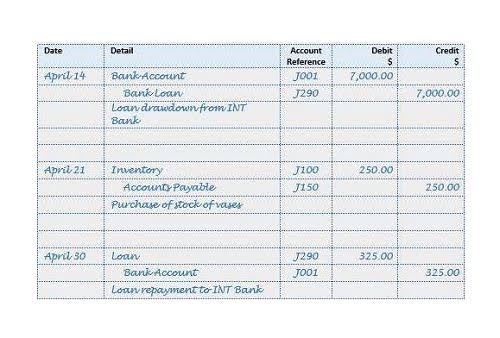
You are entitled to and shall be granted a rest period of at least 8 consecutive hours between work periods or shifts. In case of emergency, such as an accident or what is overtime essential work on equipment, an employer may exceed the maximum hours of work without a permit. In most cases, the maximum hours of work allowable in a week is 48.
Wisconsin drew its first power play of the game with 5 minutes left in regulation, but got just one shot on goal and no score. Wisconsin killed the only penalty of overtime, but on Quinnipiac’s first trip down the ice after the Badgers got back to full strength resulted in the game-winning goal. “I think it’s been good,” Brown said of the difficult two games against the Hawks. Some days it’s going to be like that, especially on the road in the playoffs.
Formulas for overtime pay
Where non-cash payments are made to employees in the form of goods or facilities, the reasonable cost to the employer or fair value of such goods or facilities must be included in the regular rate. Your employee Sarah typically works a standard 40-hour week and is paid $25 an hour, including non-discretionary pay. The hourly pay should reflect any non-discretionary additional pay on top of an employee’s standard hourly rate, such as shift differential or production bonuses. If you don’t pay your employees overtime where you’re legally obligated to do so, you may face legal consequences—which could include being sued by your employees. This is why it’s essential to understand your legal obligations and how to properly categorize employees as exempt or nonexempt. As an employer, it’s your responsibility to properly categorize your employees as exempt or nonexempt for the purposes of overtime.

Keep in mind that while someone gets a salary, it does not automatically determine them as exempt. Every individual has to perform qualifying duties to be classified as an exempt one. The number of normal working hours for a particular job position is established to balance the employee’s health, productivity over the workday/shift, and general economic factors. It’s known that the human organism is naturally limited and cannot sustain the same level of productivity in the 8th or 10th hour of work as at the beginning of the shift. A motor vehicle operator who works exclusively within the yard of the employer’s terminal.
How To Calculate Overtime in 3 Steps
There is no limit in the Act on the number of hours employees aged 16 and older may work in any workweek. The FLSA does not require overtime pay for work on Saturdays, Sundays, holidays, or regular days of rest, unless overtime is worked on such days. For covered, nonexempt employees, the Fair Labor Standards Act (FLSA) requires overtime pay (PDF) to be at least one and one-half times an employee’s regular rate of pay after 40 hours of work in a workweek.

